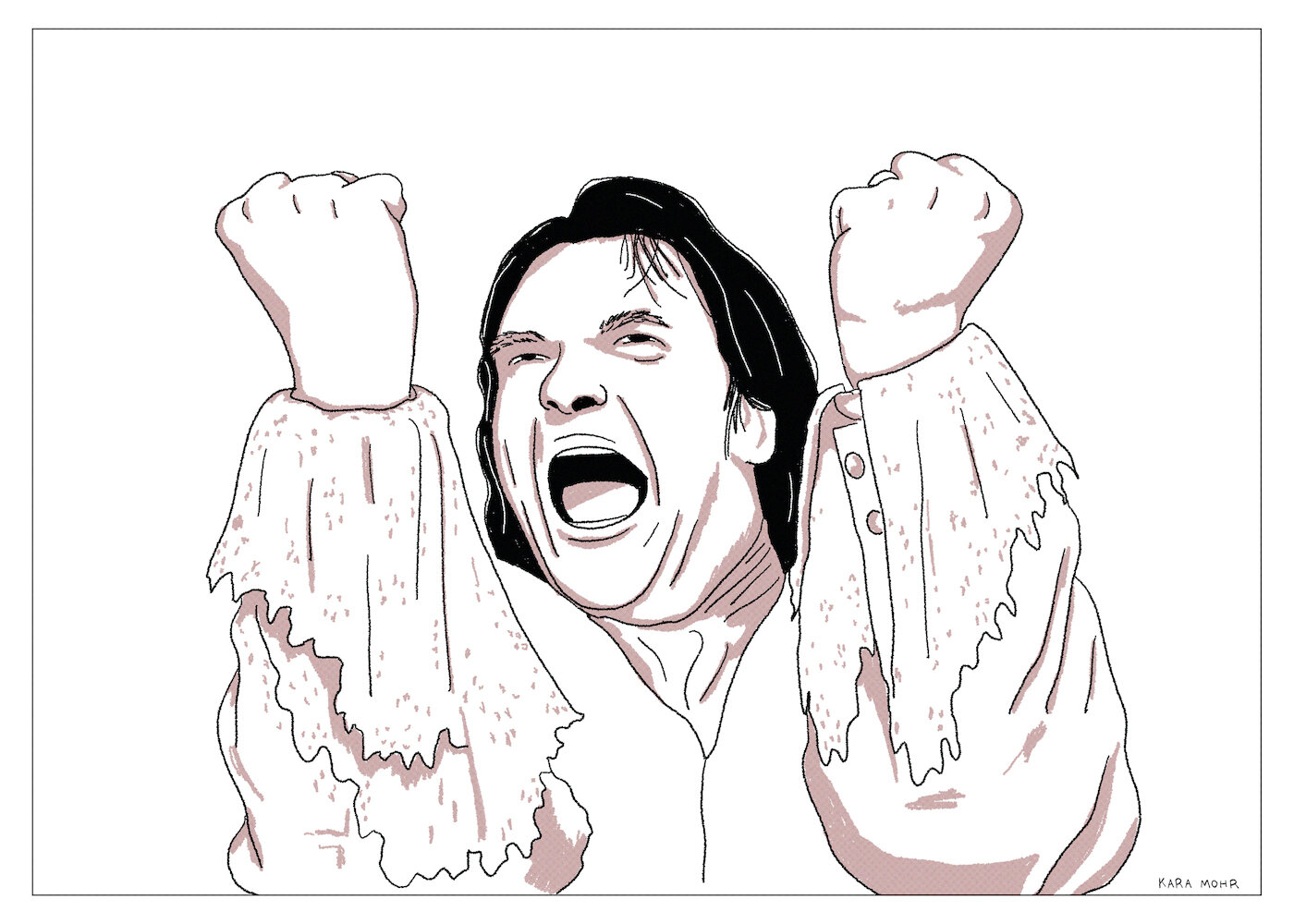
Meat Loaf “Bat Out of Hell II: Back into Hell”
When I was older than a teenager but younger than a man, I was living in the wilds of Connecticut, adrift. I had lost my girl. I went home to my shack down by the docks. I drilled two small holes into the corner of two cassettes: “Bat out of Hell” and “Born to Run.” I tied a ribbon to unite them. I called them “the sisters” for their spiritual connection to the drama of youth. In my car, one tape would play, the other would dangle. Switch. Repeat. This should be a lie, but it’s not.
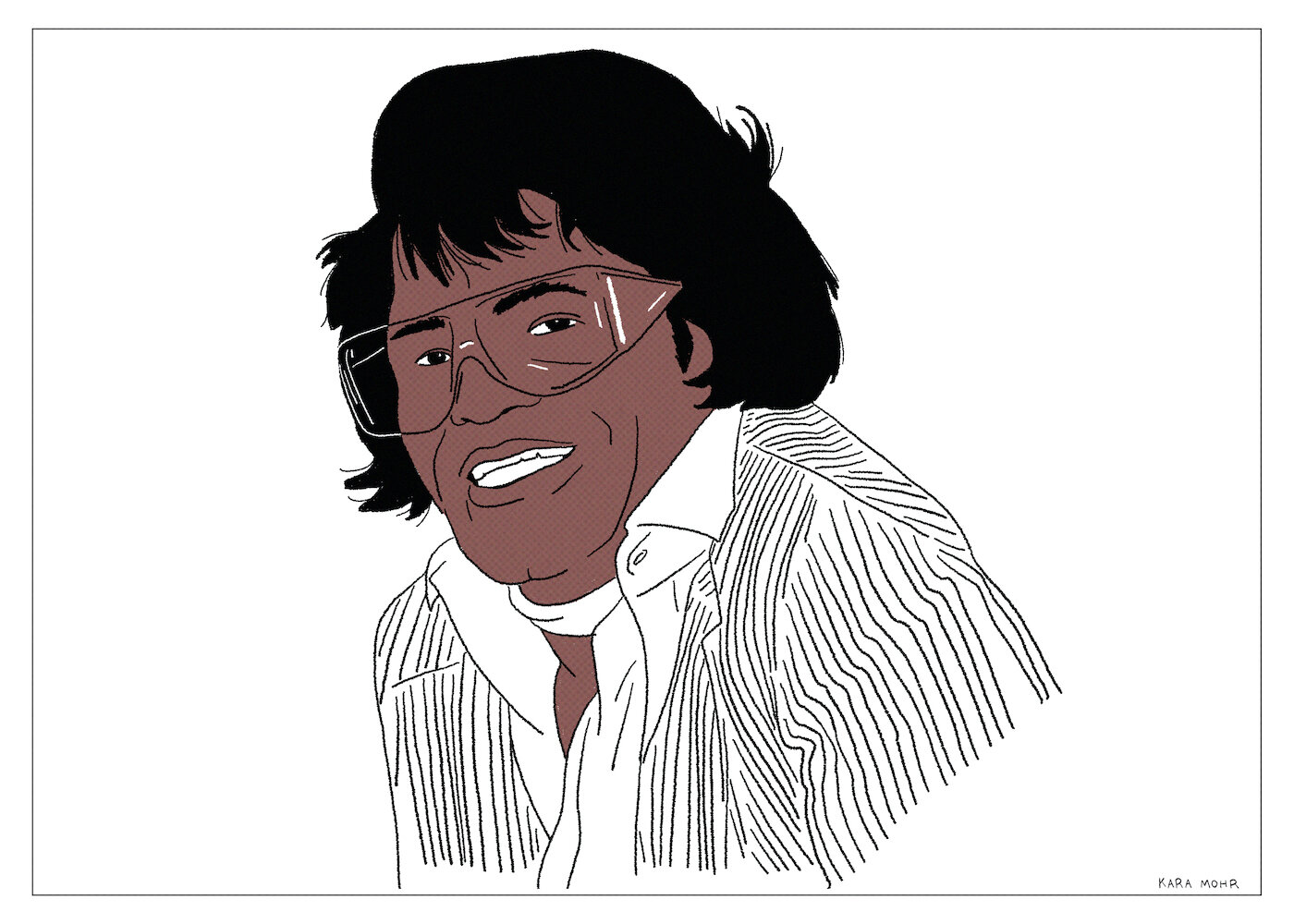
James Brown “Gravity”
“Turn Me Loose, I’m Dr. Feelgood” is the rare moment from 1986’s “Gravity” that sounds like James Brown is at the wheel. It’s a breathless Funk workout, with Maceo Parker dizzyingly frolicking on sax and a breakneck percussion track. It’s by far the best track from an ill-conceived, Rocky-inspired gimmick record. It was also the Godfather of Soul’s last trip to the Pop charts.

Lionel Richie “Louder Than Words”
Featuring sixty four musicians and thirty five producers, Lionel Richie’s “Louder Than Words” took a decade to make. What finally arrived was a meticulously average Contemporary R&B album from a well above average singer. It was an elaborate costume that Richie seemed compelled to uncomfortably try on. It didn’t fit. But, alas, he sounded patiently pleasant as ever, he avoided the pressure to rap and there’s no autotune.

Frank Sinatra “A Man Alone: The Words and Music of Rod McKuen”
It was 1969 and it was not an easy time to be a crooner. Sinatra wasn’t going to pick up a guitar and change his beat. Thrashing about for the answer, he made a big band recording of Simon and Garfunkel’s “Mrs Robinson” that sounds about as desperate to connect as you think. As part of that thrashing, Sinatra scanned the landscape for anyone else that resembled what he did that was still considered cool. It was then that Sinatra met Rod McKuen at a party.

Prince “The Rainbow Children”
The title track song is a warning shot across your bow. It’s about as commercially inaccessible as you can get from a guy who made a hit for the Bangles. You want this album? This is not your momma’s Prince. Where did this all come from? What genre is this? Some of these songs will straddle the line between “Jazz-inspired” and “noodling,” but you can’t say this forty four year old was out of ideas.

Paul Simon “Songs from The Capeman”
Was Paul Simon’s “Songs from The Capeman” a prescient vision of the coming of Lin Manuel Miranda? Was it the Doo-Wop Hamilton that no one could accept because it was written by a middle aged white guy? Or is it one of the great mid-career missteps? Spoiler alert: “The Capeman” is not really like “Hamilton” at all. It’s more like “West Side Story,” but with a long, boring reading section.

Bill Withers “‘Bout Love”
Bill Withers wrote concise songs about simple ideas, added uncomplicated melodies and let his band do their jobs. He simply never wasted a note. By 1978, though, Withers was almost already done with it all. He still had enough cache to make one final record on his own terms. “‘Bout Love” sounds like an artist carefully packing up his desk for an early retirement.

James Taylor “Never Die Young”
James Taylor is more opaque than Prince or Bob Dylan. Is he the genteel, humanist who invented Adult Contemporary music fifty years ago? Or is he an overly-sensitive, over-valued bar singer who succeeded by virtue of his good looks and birthright? By 1988s “Never Die Young,” Taylor had recently re-married and was still very much in the throes of a fledgling sobriety. It was a miracle he was alive, much less a viable recording artist. If ever there was a time reveal his true self, this was not it.

Elton John “The One”
In 1992, Elton John was newly sober, pre-Lion King and still writing the preface to his second act. When I hear “The One” I wonder what would have happened if, that year, Sir Elton simply decided to be a songwriter and band leader. What if he wrote the great songs and led the band from his piano, but allowed his friends and admirers lend their voices and vigor? Because, here’s the thing about Reginald, Elton, Captain Fantastic and Sir Elton — they all wrote great songs. But, they just didn’t always know what to do with them.
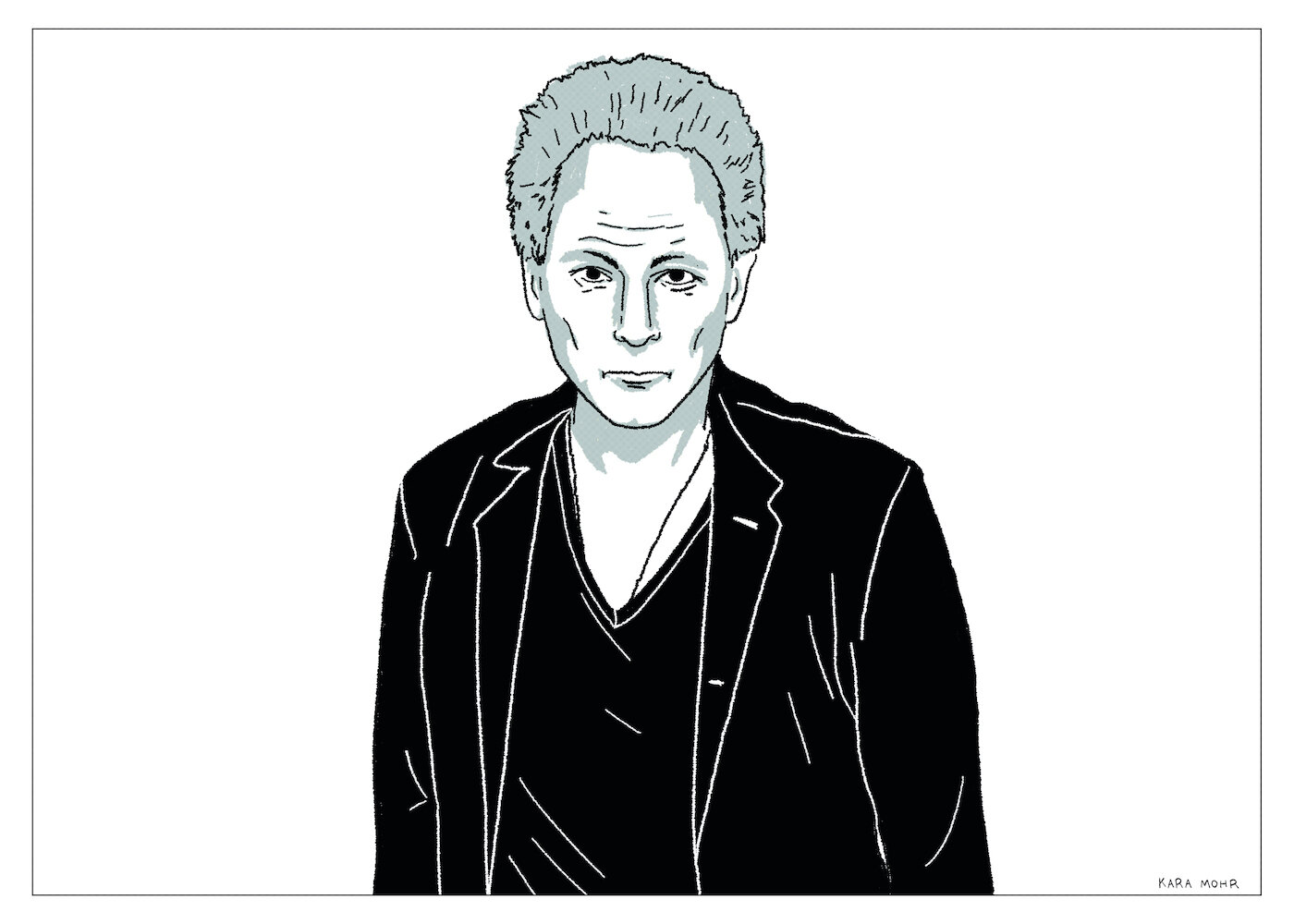
Lindsey Buckingham “Under the Skin”
Lindsey Buckingham’s fourth solo album opens up in therapy, mid dream interpretation. Under his trademark finger-picking guitar style is a hushed confession about feeling unseen. It’s a great irony considering just how “seen” this musician has been. However, where his bandmate and one-time romantic partner Stevie Nicks conjured her great solo career with a witchy twist of the wrist, Buckingham had more trouble. There was something pent up in him. What was it?
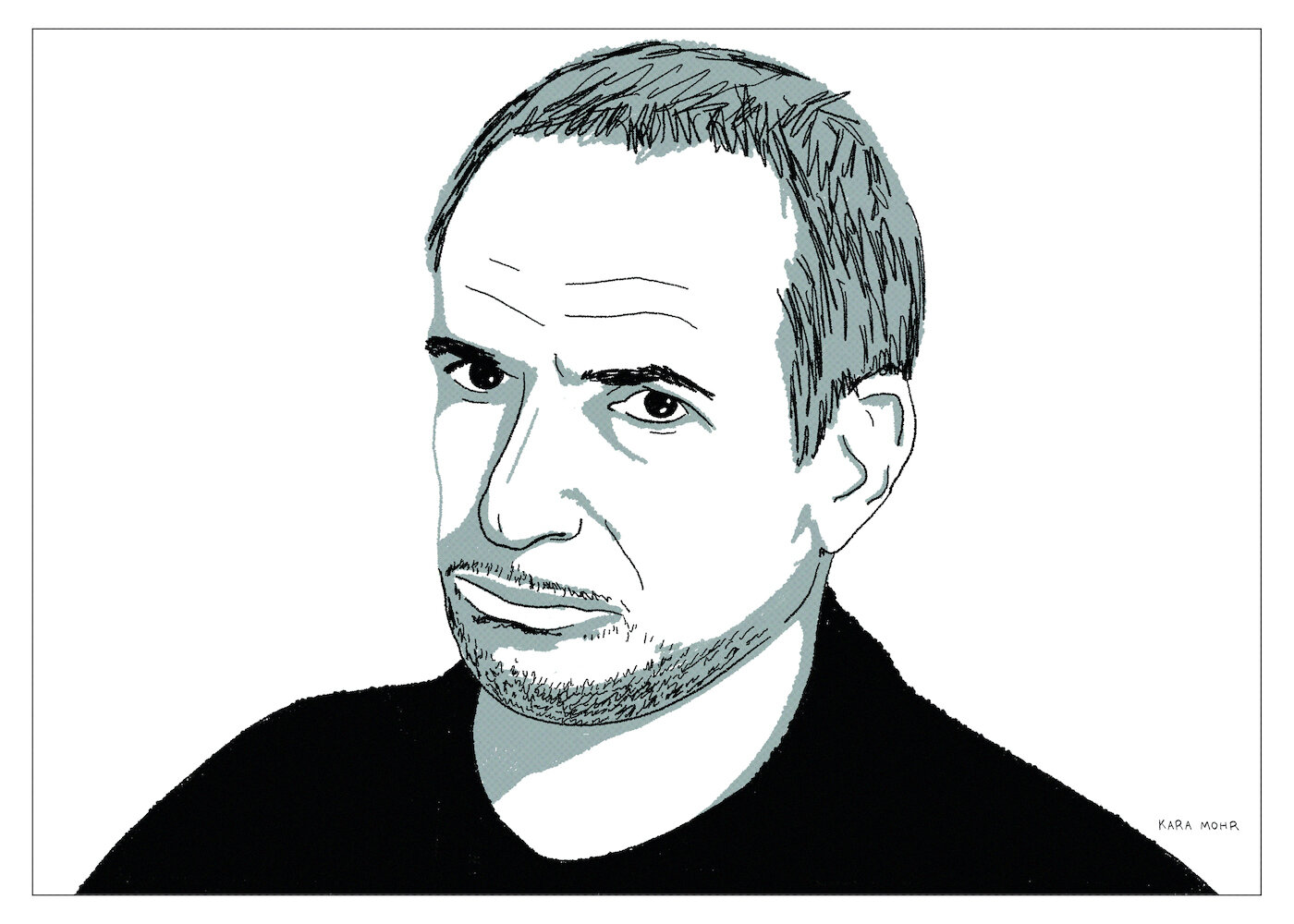
Donald Fagen “Morph the Cat”
I had successfully avoided my Steely Dan reckoning for decades. But, every five years, there would be another drip. A friend would ask my position — pro or con? Another might ask if I’d heard Donald Fagen’s latest solo record. Drip. Drip. It was torture. And so, in 2020, I resolved to kind of, sort of, take on The Dan. I dipped a toe into the cool water of Fagen’s solo album “Morph the Cat.” Everything I feared and hoped for was right there.

Darryl Hall “Three Hearts in the Happy Ending Machine”
Darryl Hall was born to sing. By 1986, much of the world knew this. What we didn’t know is if he could produce hits without John Oates or if he could make a great solo album. That year, the charts were filled with Contemporary Soul and R&B -- Whitney Houston and Lionel Richie. The pop charts in 1986 were not the realm of the young. So, at forty years old, conditions were quite ripe for Darryl Hall’s solo record, “Three Hearts in the Happy Ending Machine.”
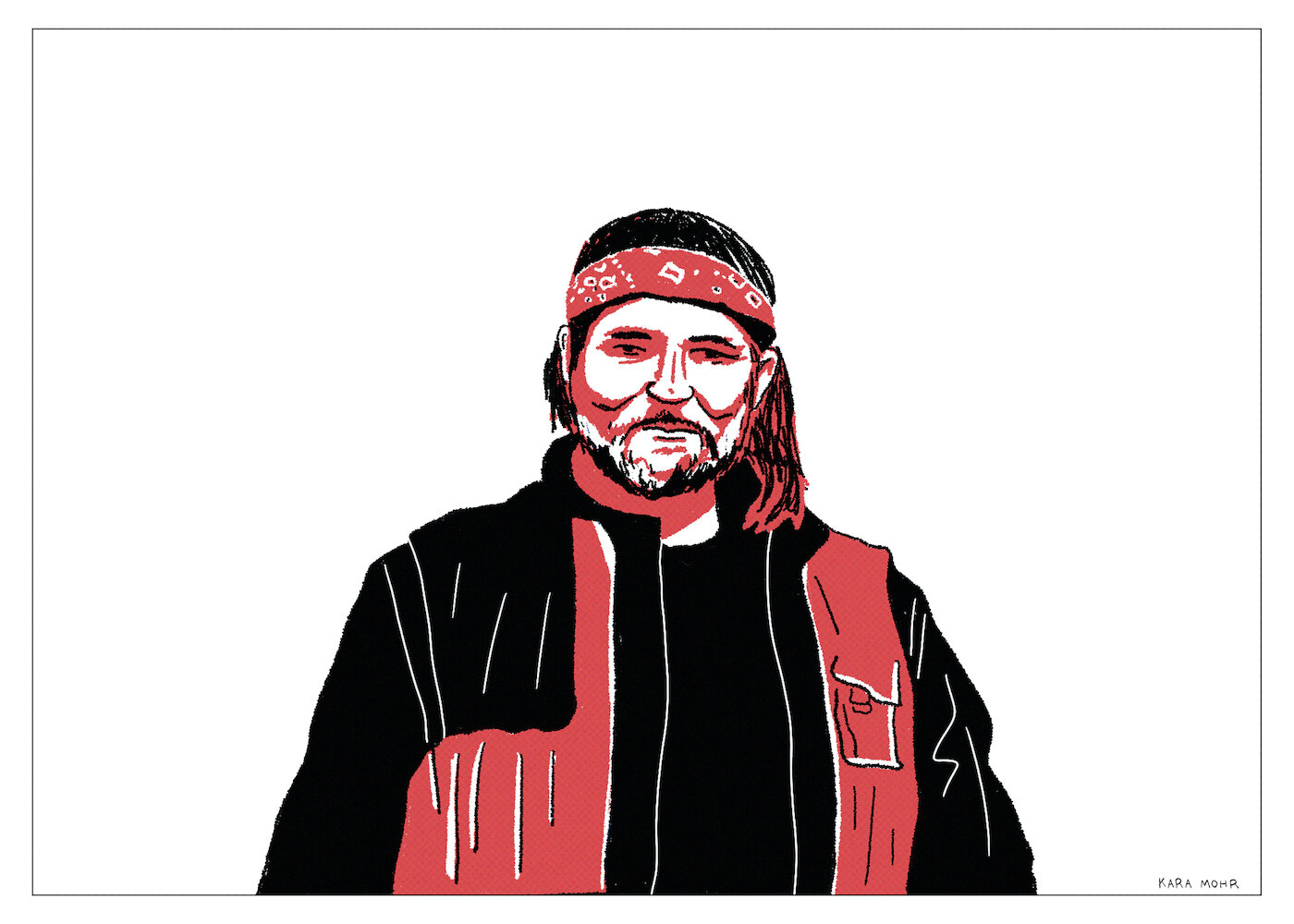
Willie Nelson “Always On My Mind”
Something happened with Willie in the 80s. It’s hard to know if it was a creative choice or exhaustion or age or a dry spell. Or none of the above. Maybe it was Reagan. Country music had gotten wind-swept into the realm of Adult Contemporary. The wind carried most everyone in this direction — Kenny Rogers, Dolly Parton, Eddie Rabbit and Conway Twitty all got nudged to the right by this wind. And, yes, so did Willie.

Elvis Costello “Painted from Memory”
He was a nerd’s hero -- a smarty-pants who somehow became cool despite the glasses. But intelligence can become a block from emotional connection. Seething is a young man’s game. Costello was reaching down into the tradition of popular song for fuel. Burt Bacharach came from the era when it was more of a job and less of a revolution. Costello had street cred more than hits. Bacharach had hits more than street cred. They both needed each other.
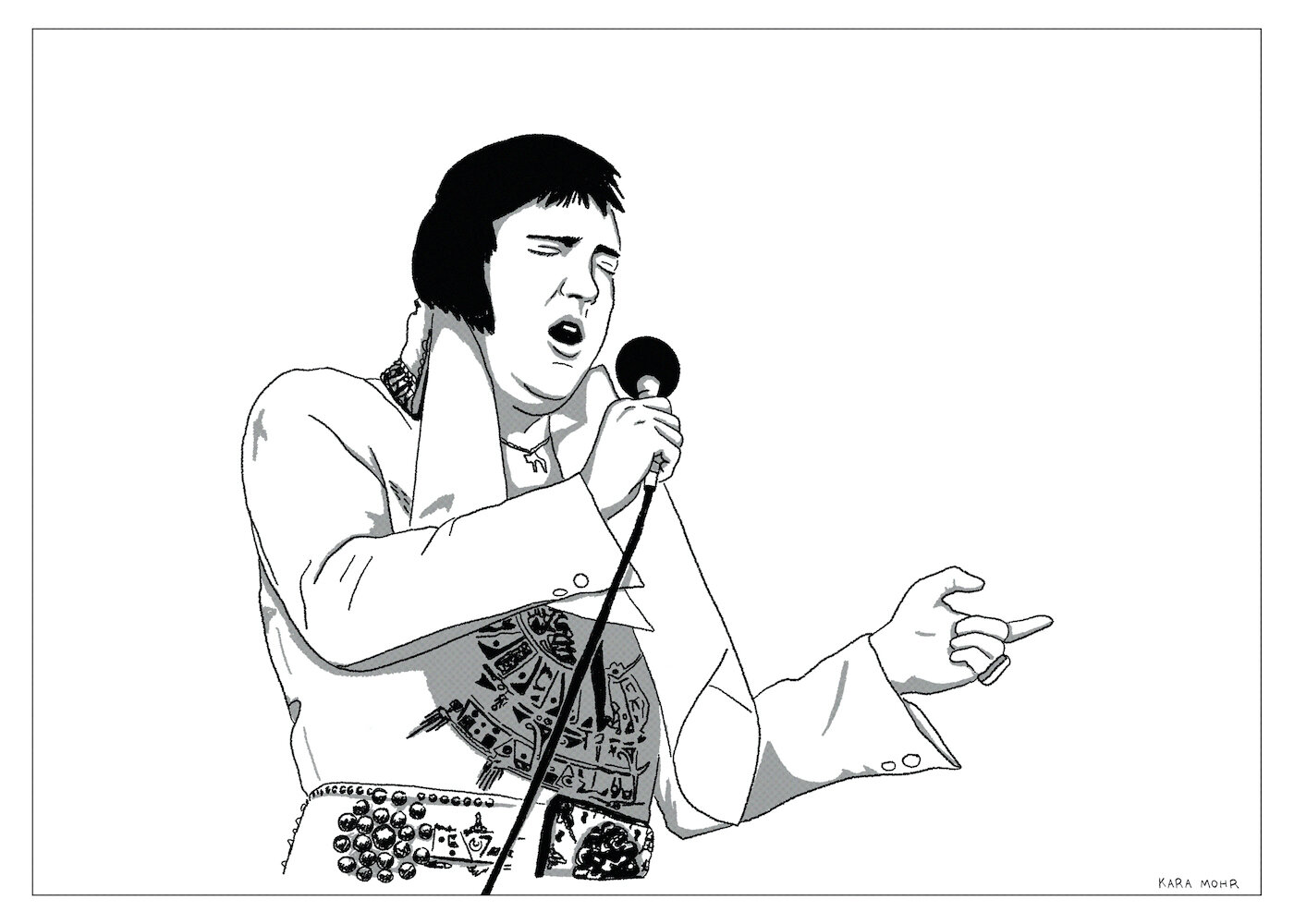
Elvis Presley “Moody Blue”
Elvis wore the white jumpsuit on stage for seven straight years. It flexed with his changing size. If it didn’t, he got one that did. He was the first rock star and the original past prime poster boy. He was only 42 when he died in 1977, but in the cultural memory he was a bloated, pill popping monster who died on the toilet. It was really not long ago that he was just the boy from Tupelo. The one who didn’t like to perform in public but had the golden voice.

Michael Jackson “HIStory”
“HIStory” is the tipping point, where Michael’s work becomes a very defensive offense against his attackers and where he loses that thing that got us dancing in the first place. It is so much a response to headlines, that if you remove the context, some of these songs are just skeletal thumps and ‘hee-hee’s” echoing in the dark. “HIStory” is either awash in the goopiest of ballads or screaming at oppressors. He’s really turned into your tragic uncle who cries when he’s drunk.

Sting “The Soul Cages”
This is the middle-aged therapy album. Not the raw scream “Mama don’t go” therapy of 1970 John Lennon. This is erudite stuff, real necktie and monocle material. A concert of this album would be advertised as “An Evening with Sting” and you could watch it seated. Once a spike-haired rock god, Sting was standing on the precipice of Adult Contemporary, and he was unafraid.

Don Henley “The End of the Innocence”
Don Henley — pretty, singular, brilliant, boring, insidious. Photo and video evidence from 1989 bears out these assertions. He stands there — broad shouldered lapel, serious face, a pony tail and, most importantly, a single lock falling out from the pulled back hair. Today, a tousled man bun is a misdemeanor. In 1989, it was a goddam crime. It was the murder of genuine surprise and pain in guitar-driven, Classic Rock.

Phil Collins “No Jacket Required”
I was driving my car and listening to the radio. The familiar intro to Tom Cochrane’s 1992 hit “Life is A Highway” made my soul drop. Ugh. Why didn’t this song go away? I pulled the car onto the shoulder so I could think. I wondered when was the last time I heard “Sussudio?” I sat for two hours. I couldn’t remember. Years. Maybe decades? “Sussudio” was one of two number one hits from Phil Collins’ “No Jacket Required.” It was huge. What had happened to it?

Billy Joel “Storm Front”
Why is it that when Billy Joel kicks of his eleventh studio album, “Storm Front,” with a “one, two, three, four” count off -- fully invoking The Boss -- it sounds so cloying? Why do the critics adore Bruce and roll their eyes at Billy? After all, Billy Joel has written a lot of great songs. Songs that you want to sing along with. Songs that tell stories. So, why did Bruce win and Billy lose? The answer is, I think, complicated.
